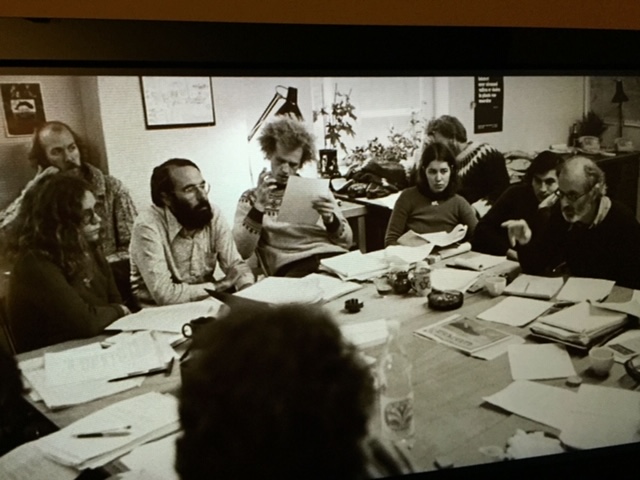This report shows that chemicals that may present a long-term hazard to human health are present in Disney childrenswear. Disney garments, including T-shirts, pyjamas and underwear, were bought in retail outlets in 19 countries around the world and the printed logo sections analysed for a number of chemicals by the Danish independent laboratory Eurofins.
Executive Summary
The results show clear differences in the chemical content of the finished garments. The bad news is that most prints contained high levels of one or other of the hazardous chemicals. The good news is that some Disney prints have been produced without using certain of these hazardous chemicals. This provides a strong indication that, if Disney cared about chemical contaminants in their childrenswear, hazardous substances could be substituted or simply avoided. Greenpeace has urged Disney to take responsibility for avoiding or substituting harmful chemicals in their products. When licensing their logo and characters for use on their products, Disney should demand that their licensees implement a chemical policy that protects children’s health. Disney reacted by stating that their products are in line with the law, and therefore took no further action. While voluntary initiatives to phase out hazardous substances by retailers such as H&M are welcome and show that chemical substitution is possible, the reaction by Disney demonstrates that only legislation can ensure that these chemicals are not allowed to be produced and used. For this reason, Greenpeace demands that the global Stockholm Convention on Persistent Organic Pollutants and the European Union’s chemical policy reform embrace the principle of mandatory substitution, which requires replacing the use of hazardous chemicals with safer alternatives.
Num. pages: 18
Appendix
This appendix to the report shows Disney products tested for that chemicals that may present a long-term hazard to human health are present in Disney childrenswear. Disney garments, including T-shirts, pyjamas and underwear, were bought in retail outlets in 19 countries around the world and the printed logo sections analysed for a number of chemicals by the Danish independent laboratory Eurofins.



